Kneading Comfort: Why Cats “Make Biscuits” and How to Respond
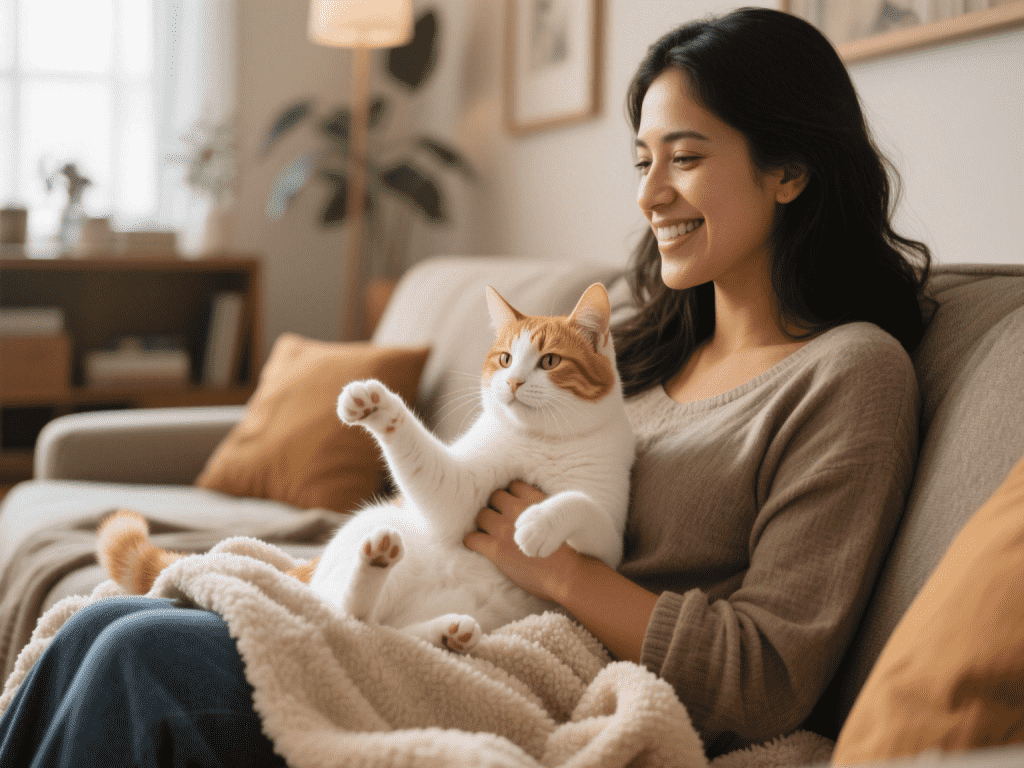
Kneading—or “making biscuits”—is one of the most endearing habits cats exhibit. As a dedicated pet care blogger who’s rescued and fostered dozens of kittens, I’ve seen dignified seniors and feisty adolescents alike press their paws rhythmically into soft surfaces. Although this behavior might seem purely adorable, it stems from your cat’s earliest days and conveys comfort, contentment, and trust. Here’s what every cat parent should know.
1. Origins in Kittenhood
From birth, kittens knead their mother’s belly to stimulate milk flow. That instinctive motion becomes hardwired, resurfacing throughout life whenever cats feel safe or seek reassurance.
2. Emotional Significance
Contentment & Affection:
When your cat kneads you or its blanket, it’s expressing love and relaxation—comparable to a human sigh of relief after settling into a comfy chair.Territorial Marking:
Cats have scent glands in their paw pads. Kneading subtly deposits pheromones onto the surface, marking the object—or person—as “theirs.”
3. Potential Drawbacks & Solutions
Sharp Claws & Delicate Fabrics:
If your cat’s claws snag your favorite sweater, gently shift it to a sturdier blanket or provide a designated kneading pad.Overzealous Kneaders:
Some cats knead excessively due to anxiety. Increase playtime, enrich their environment with hiding spots, and consider pheromone diffusers to soothe nerves.
Pro Tip: Offer a thick cushion or plush kneading blanket placed near your lap. Your cat will appreciate the designated “knead zone.”
4. Encouraging Healthy Kneading
Positive Reinforcement:
When your cat kneads its pad rather than your upholstery, reward with a treat or soft praise.Regular Nail Trims:
Keep claws trimmed to prevent accidental scratches during deep‑pressure kneading sessions.
5. When to Be Concerned
If kneading is accompanied by signs of distress—pacing, over‑grooming, or vocalizing—it may indicate underlying anxiety. Consult your veterinarian or a certified behaviorist for tailored strategies.
Conclusion
Kneading is a window into your cat’s heart: a blend of instinct, comfort, and territorial signaling. By providing safe, satisfying outlets—like plush pads or designated blankets—and reinforcing positive habits, you’ll support your cat’s emotional well‑being. Embrace those rhythmic paw movements as signs of trust, and both you and your cat will enjoy a softer, more affectionate companionship.

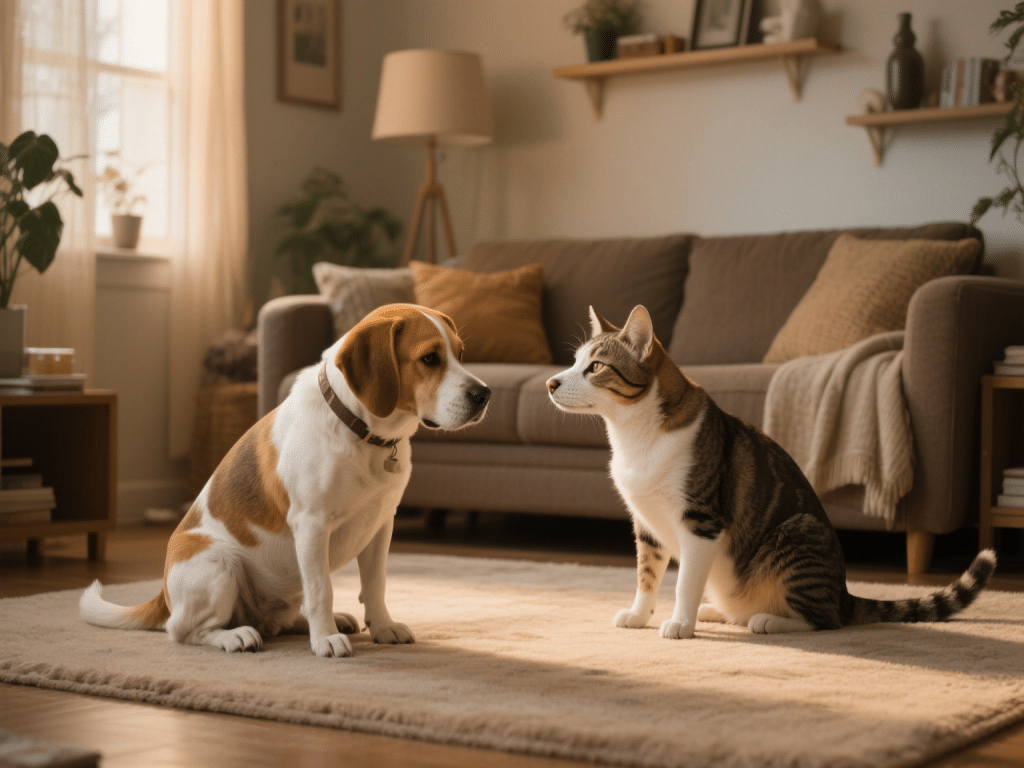
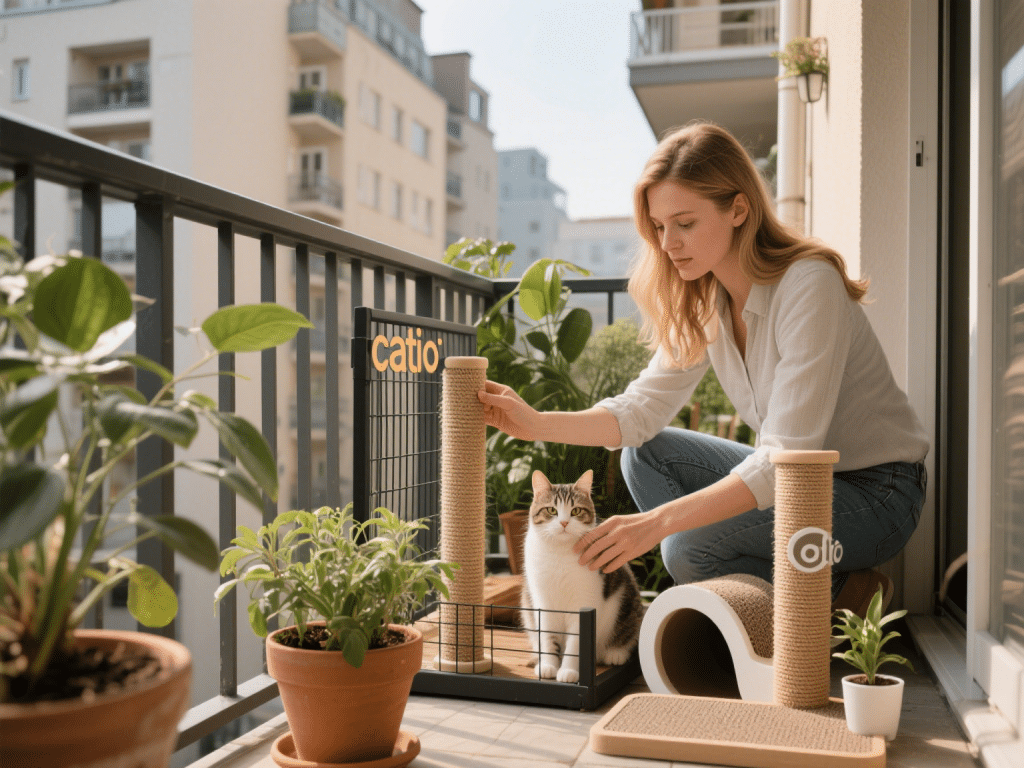
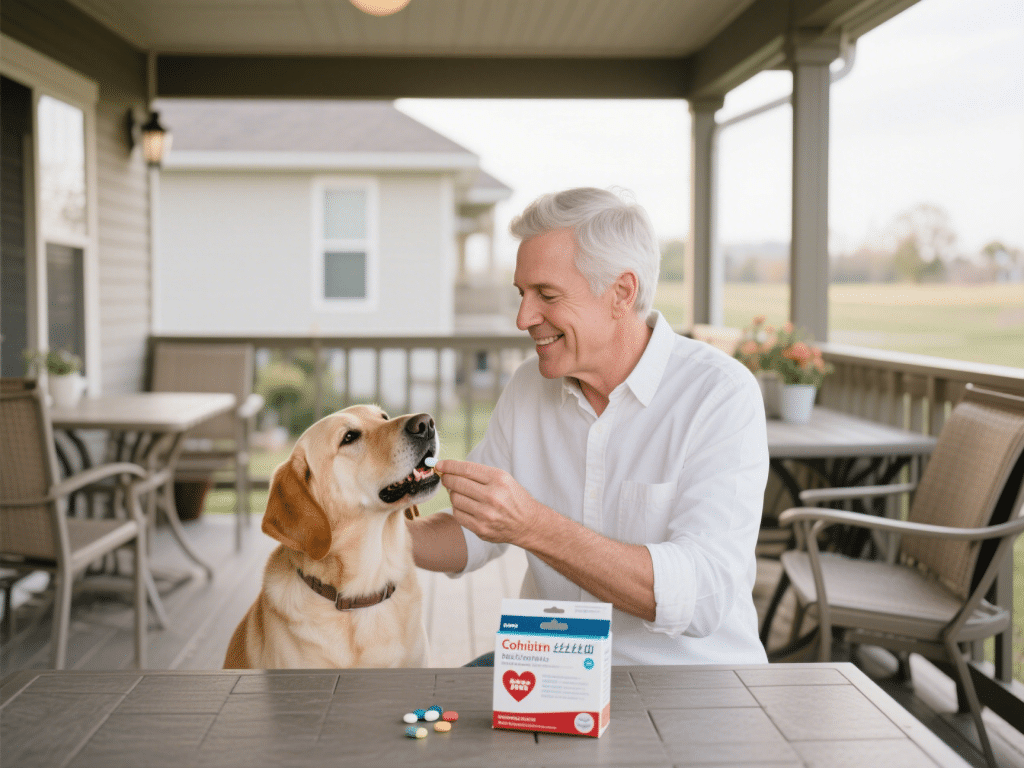

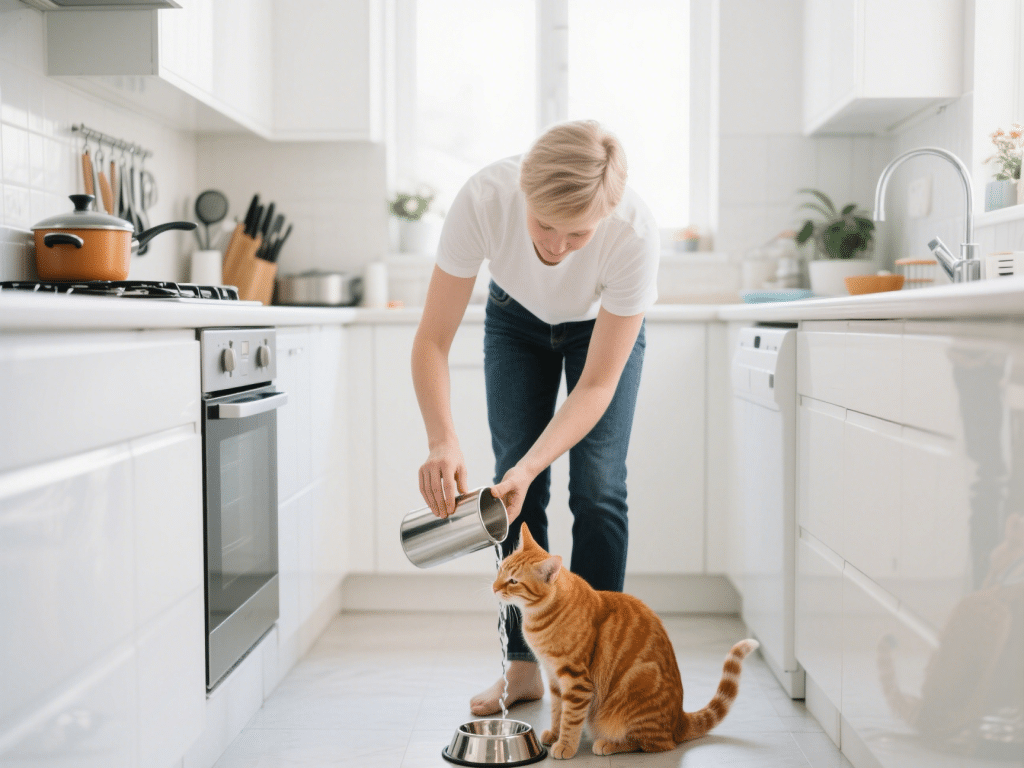
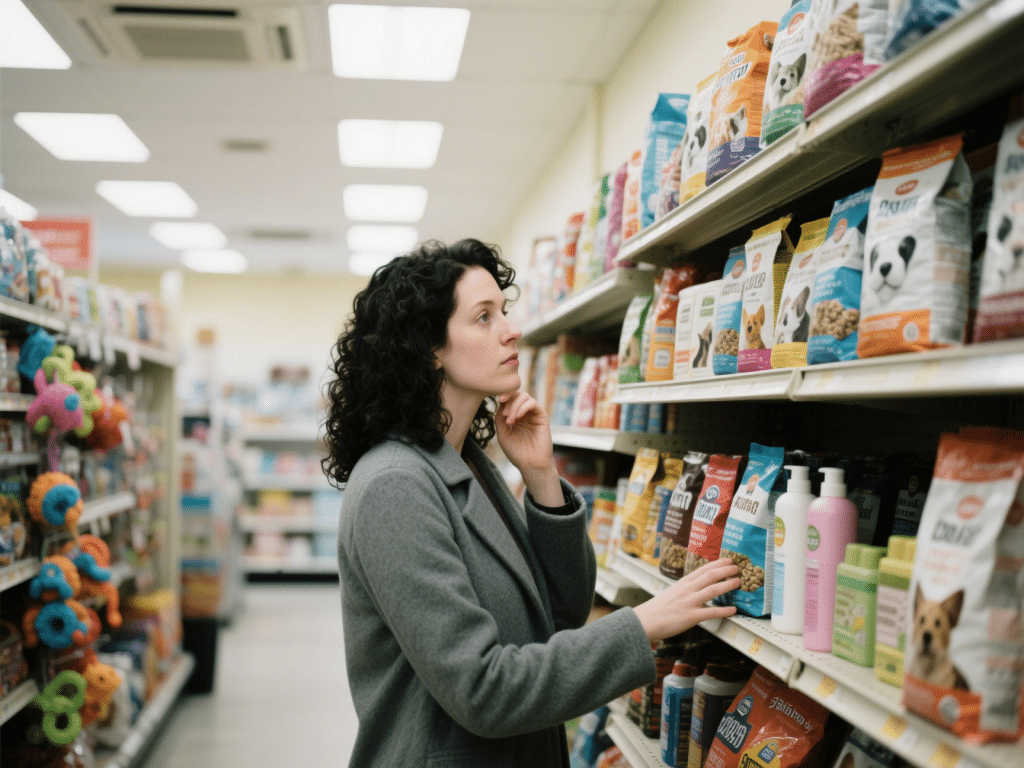
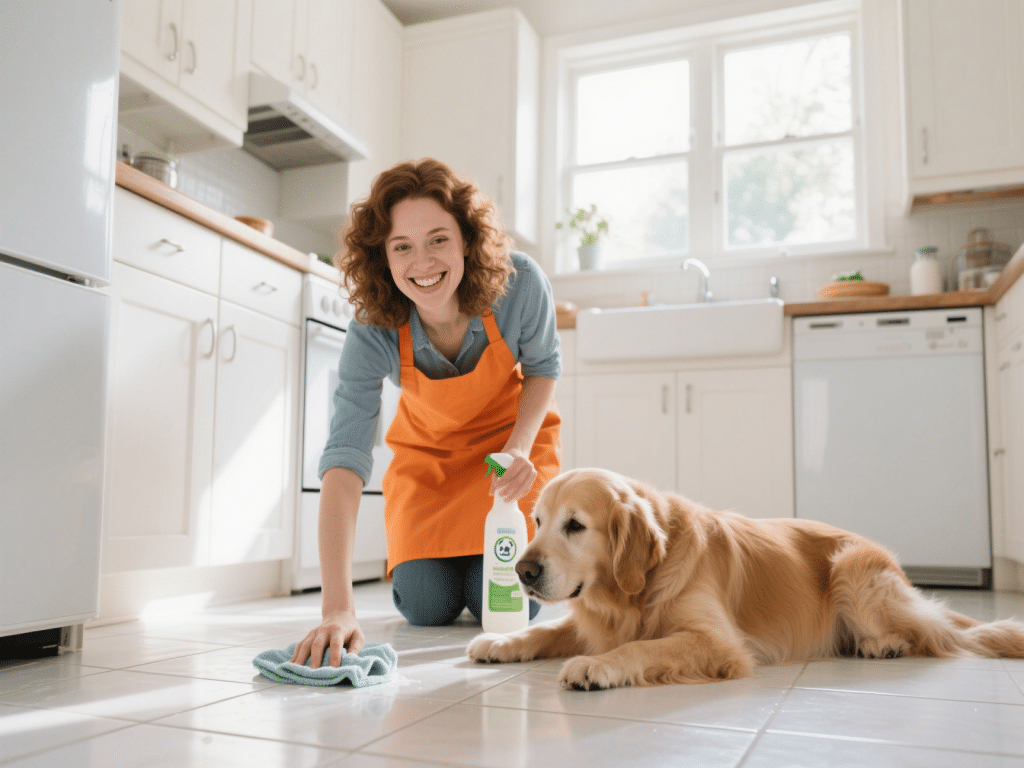

Comments on "Kneading Comfort: Why Cats “Make Biscuits” and How to Respond" :